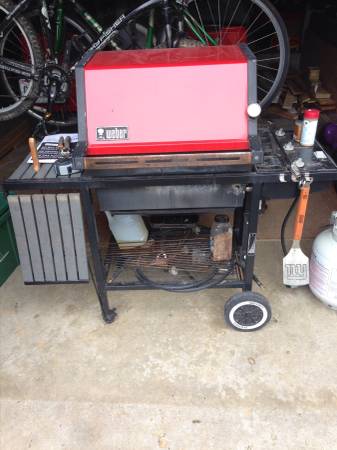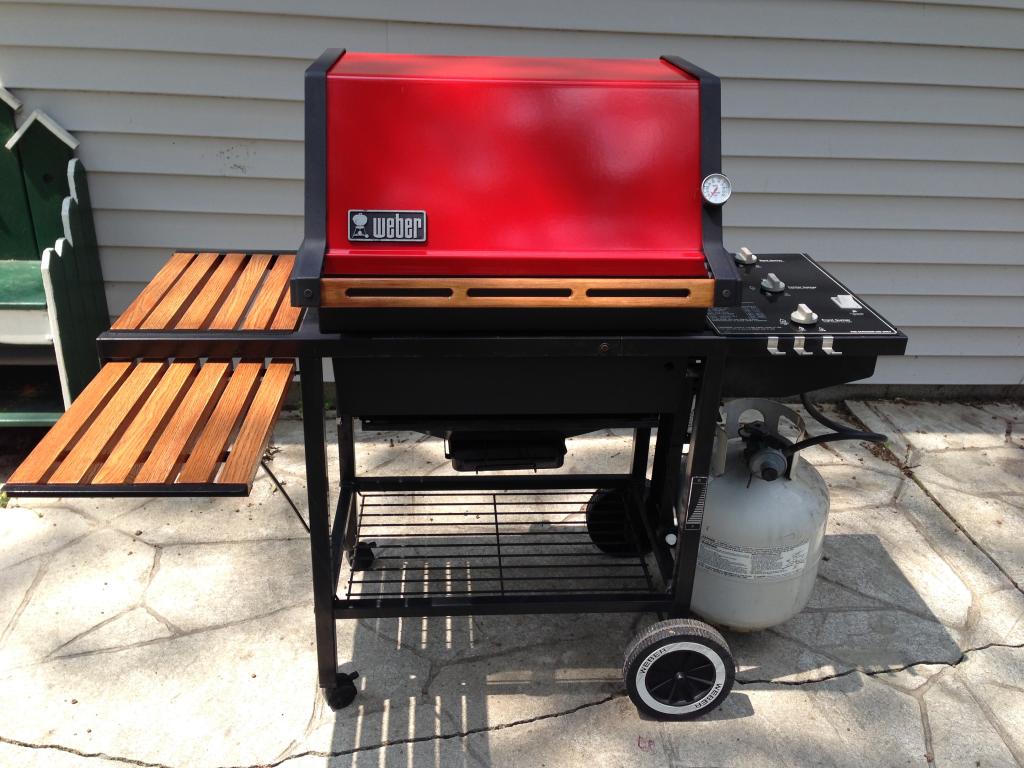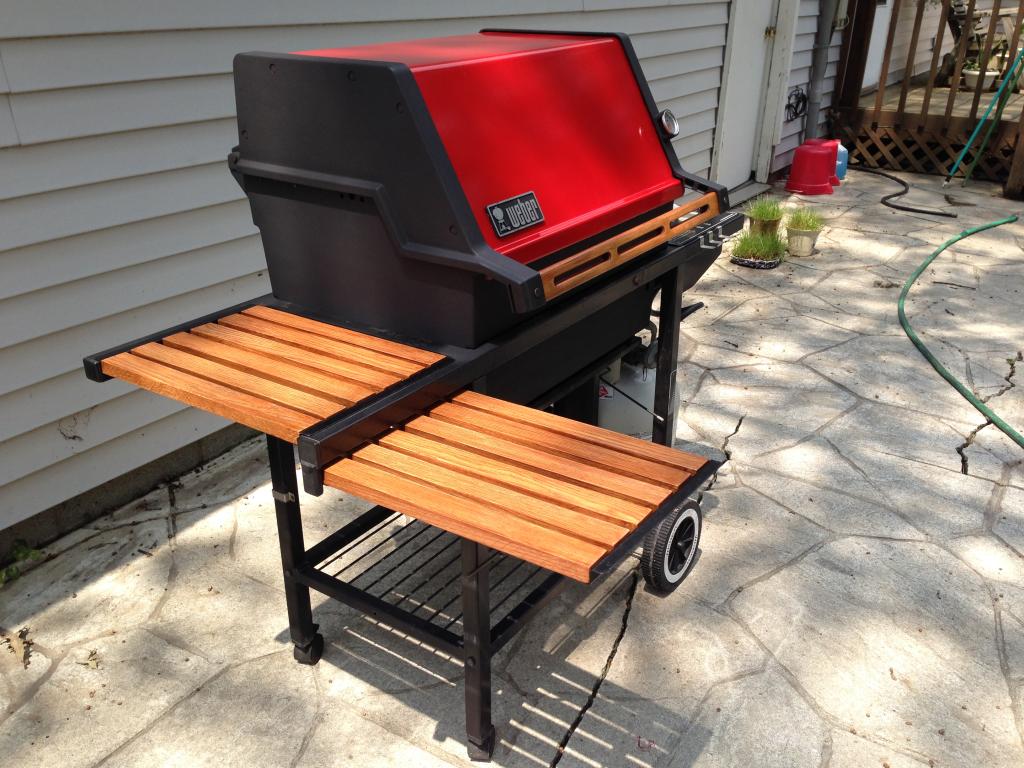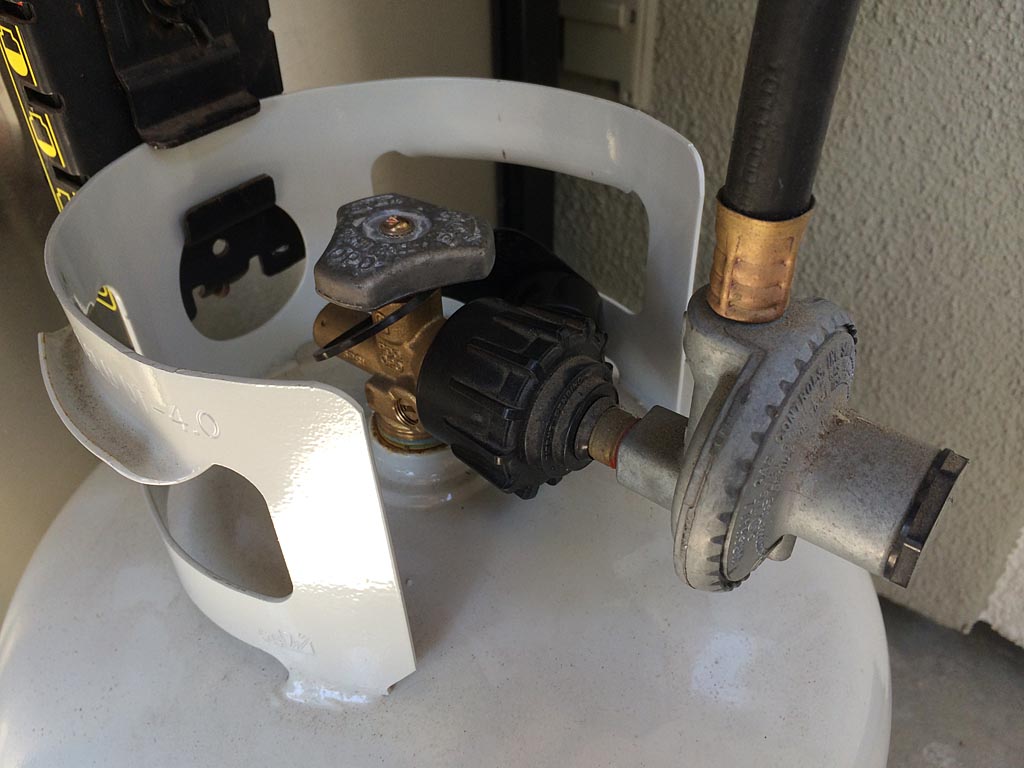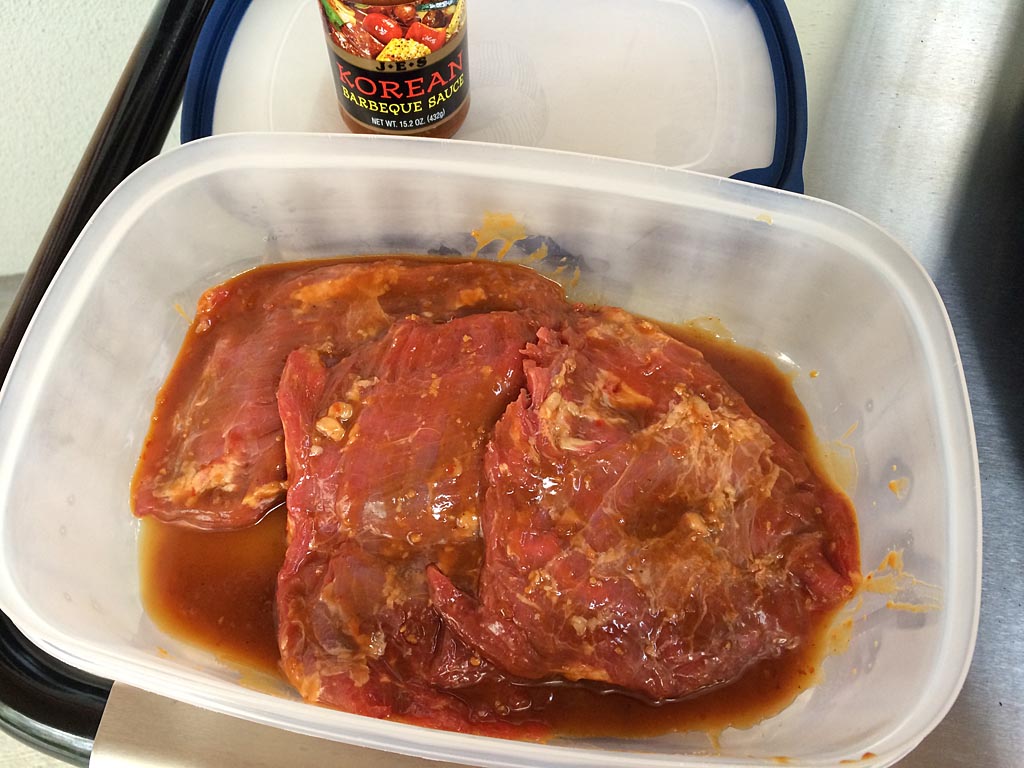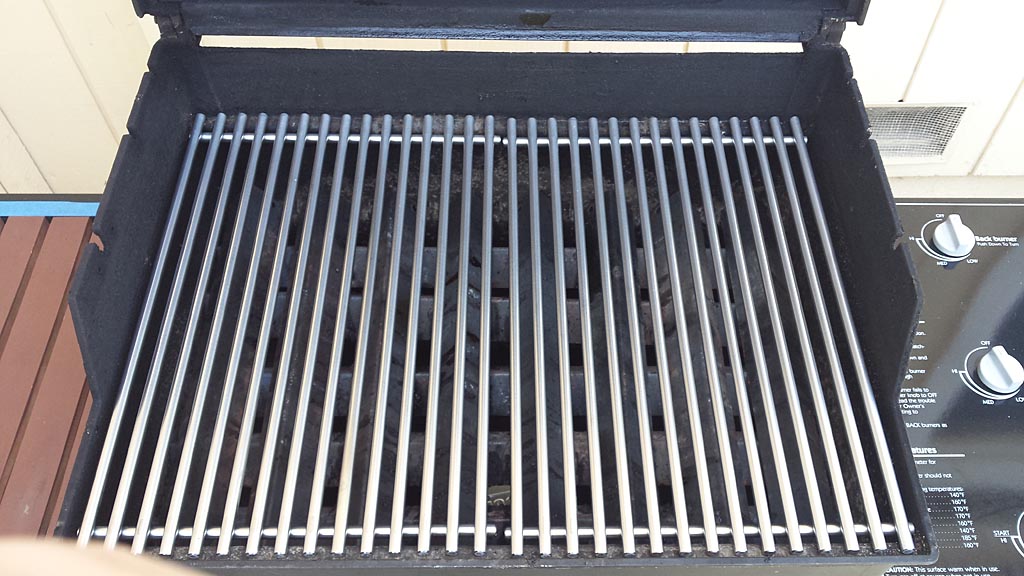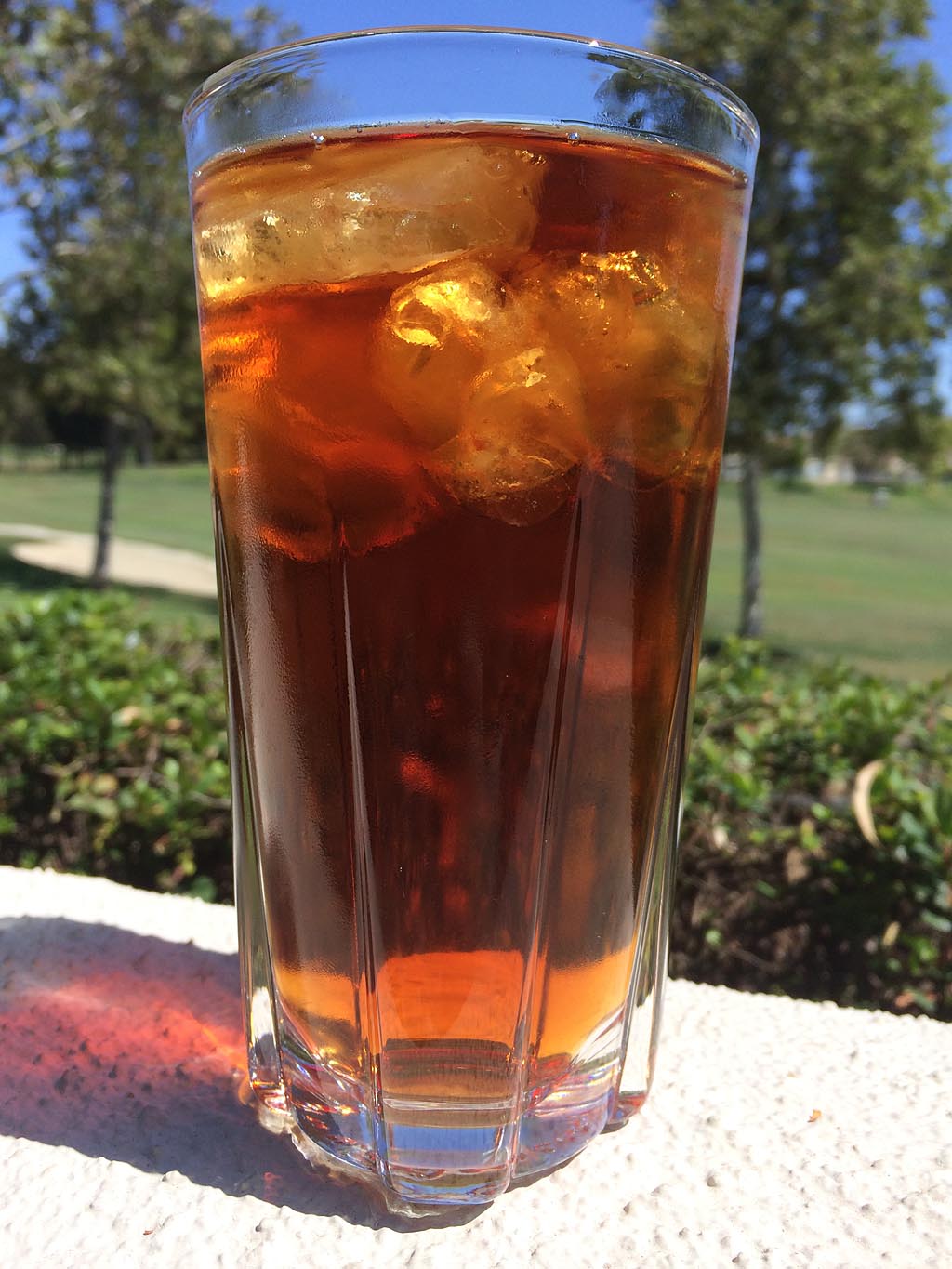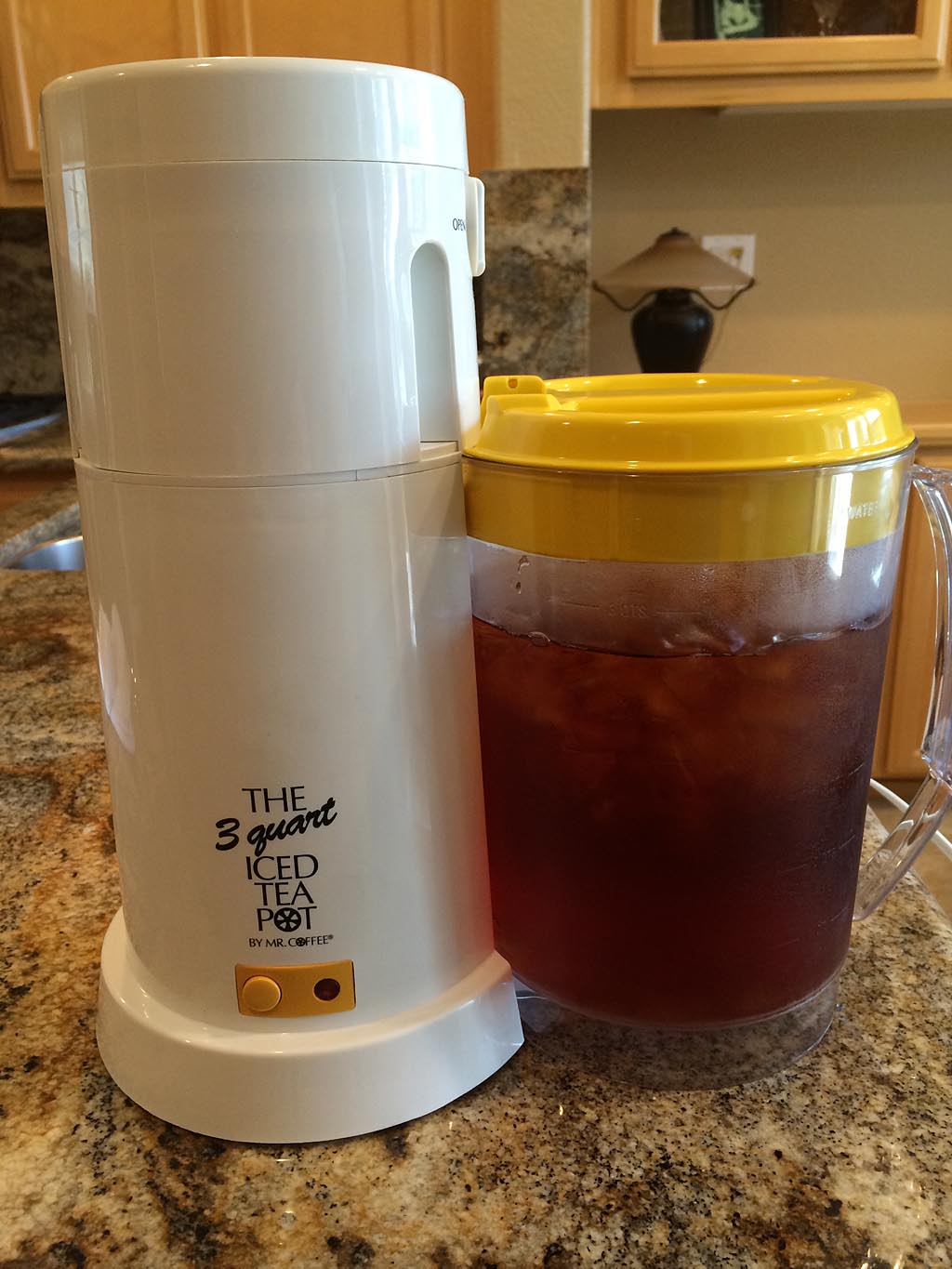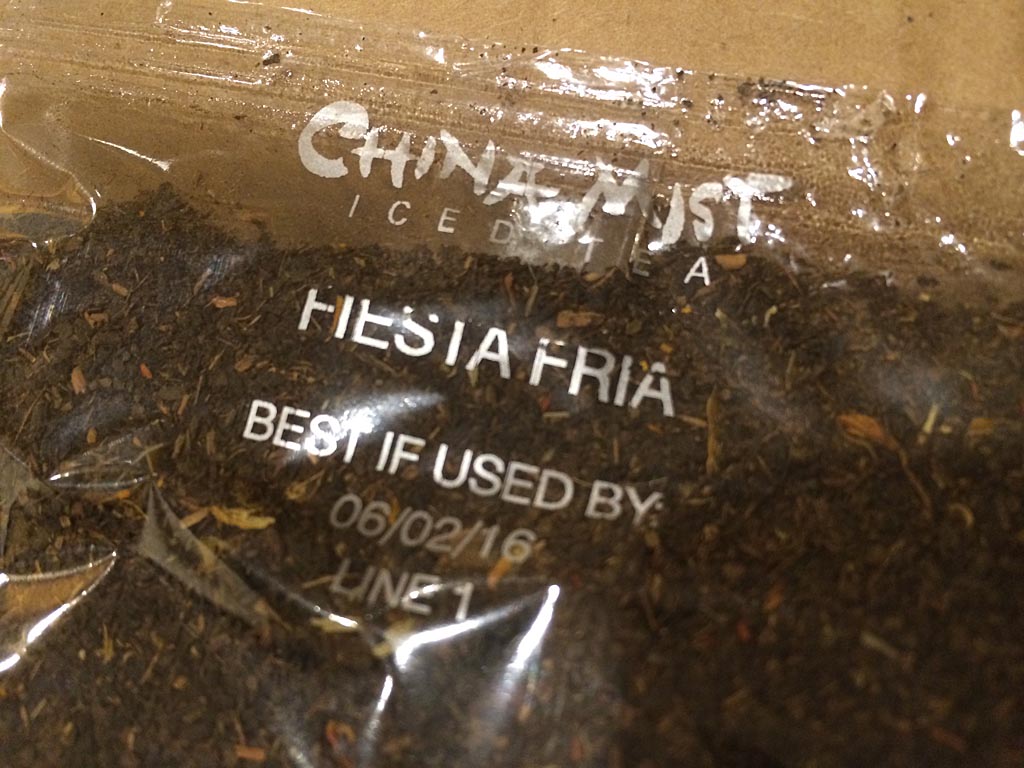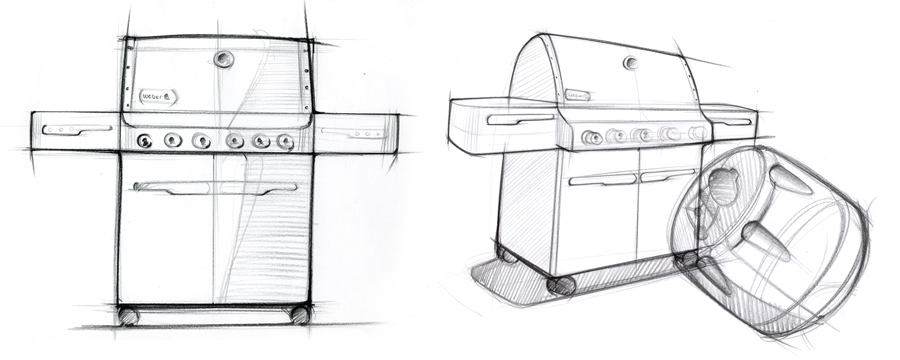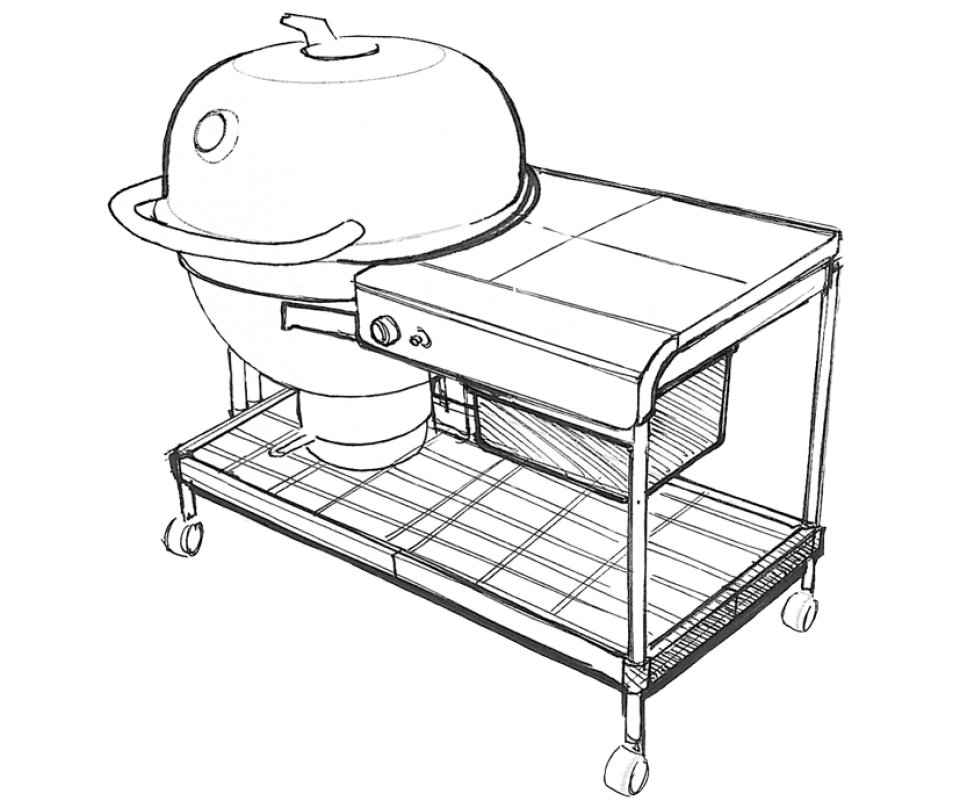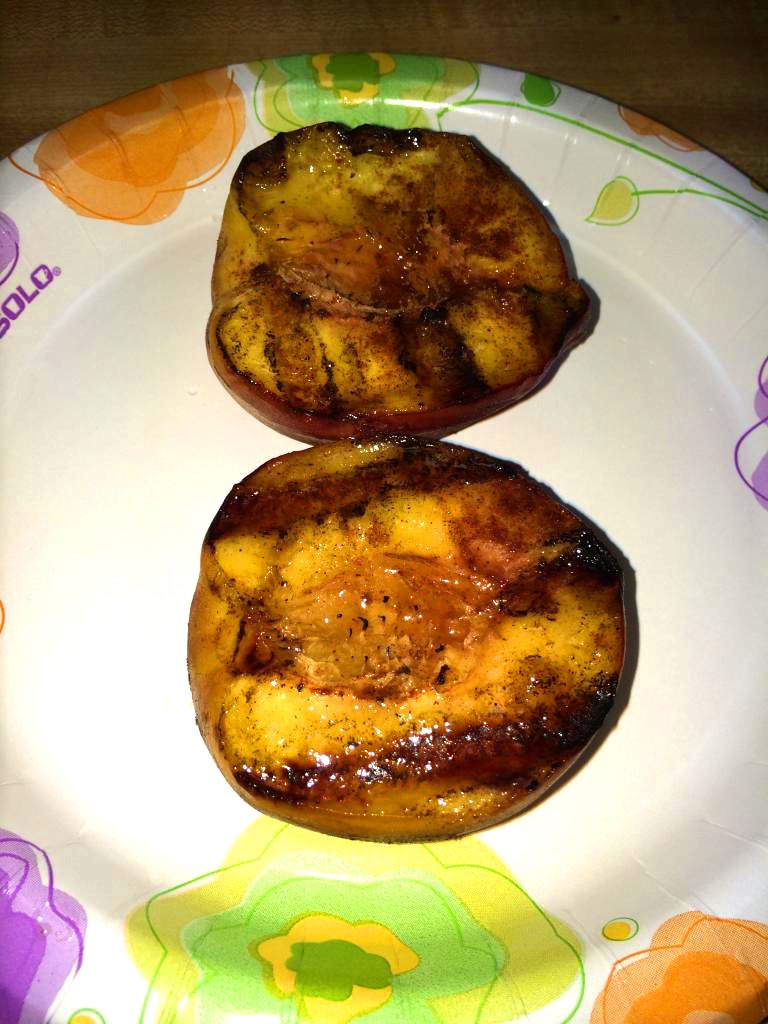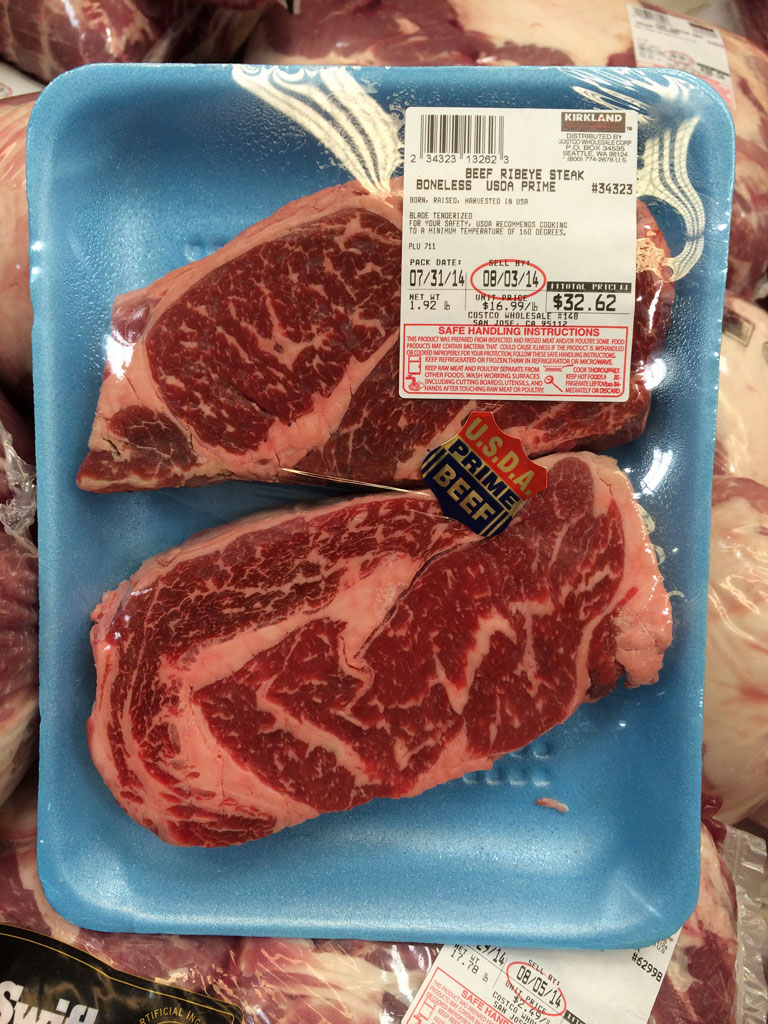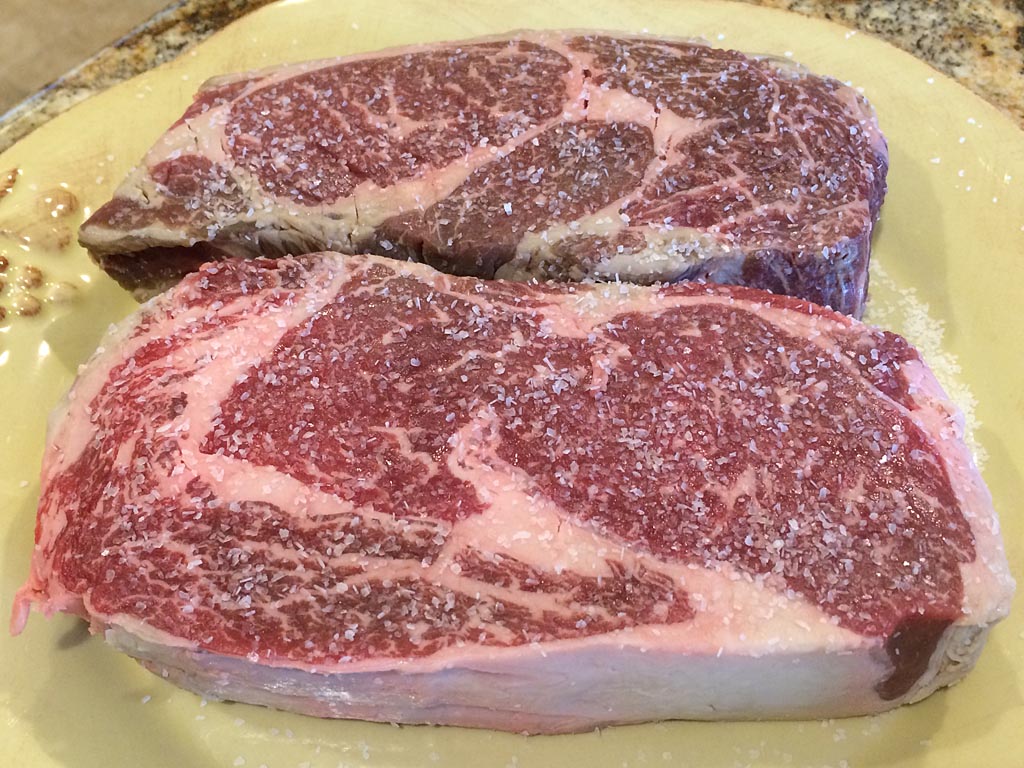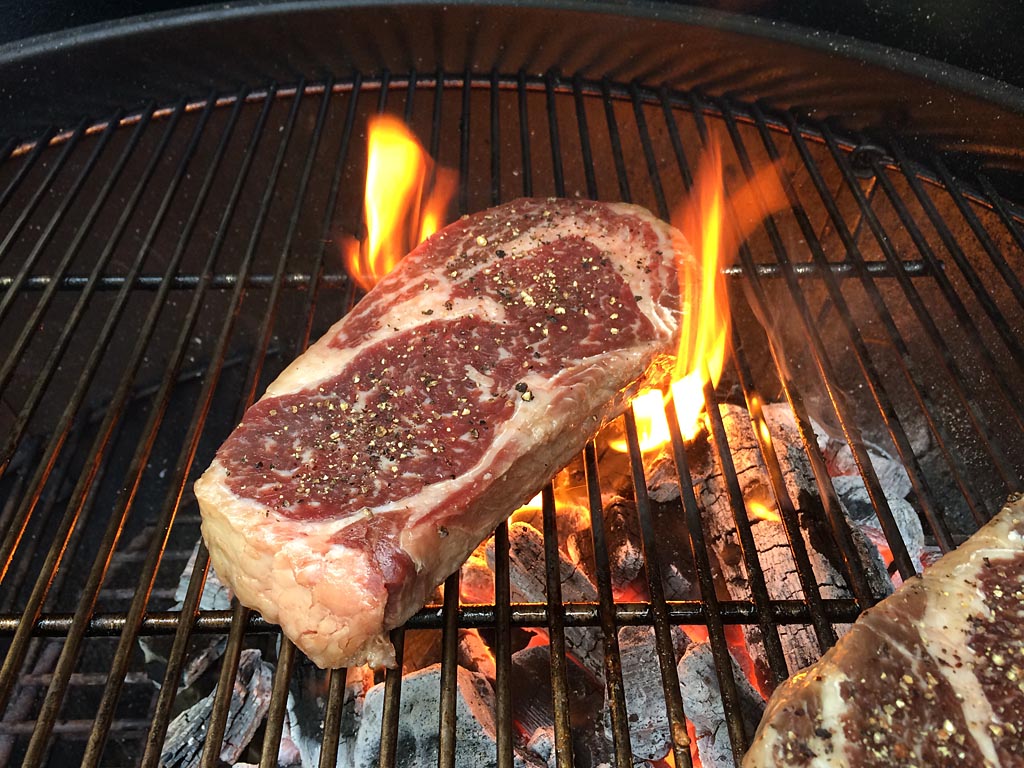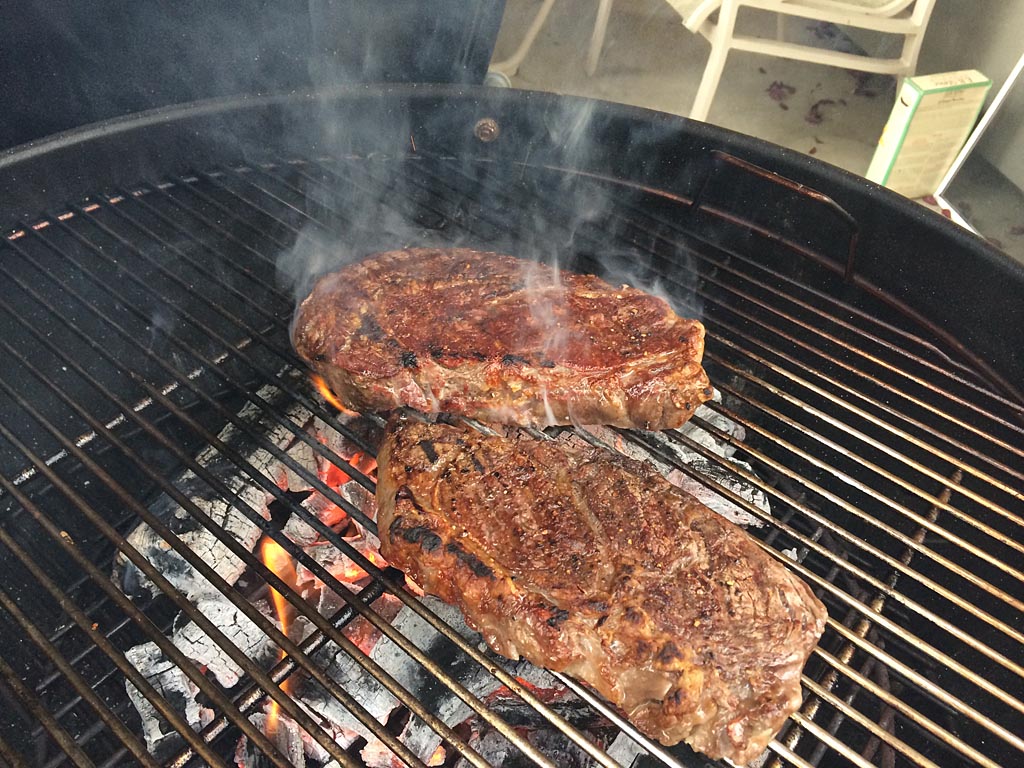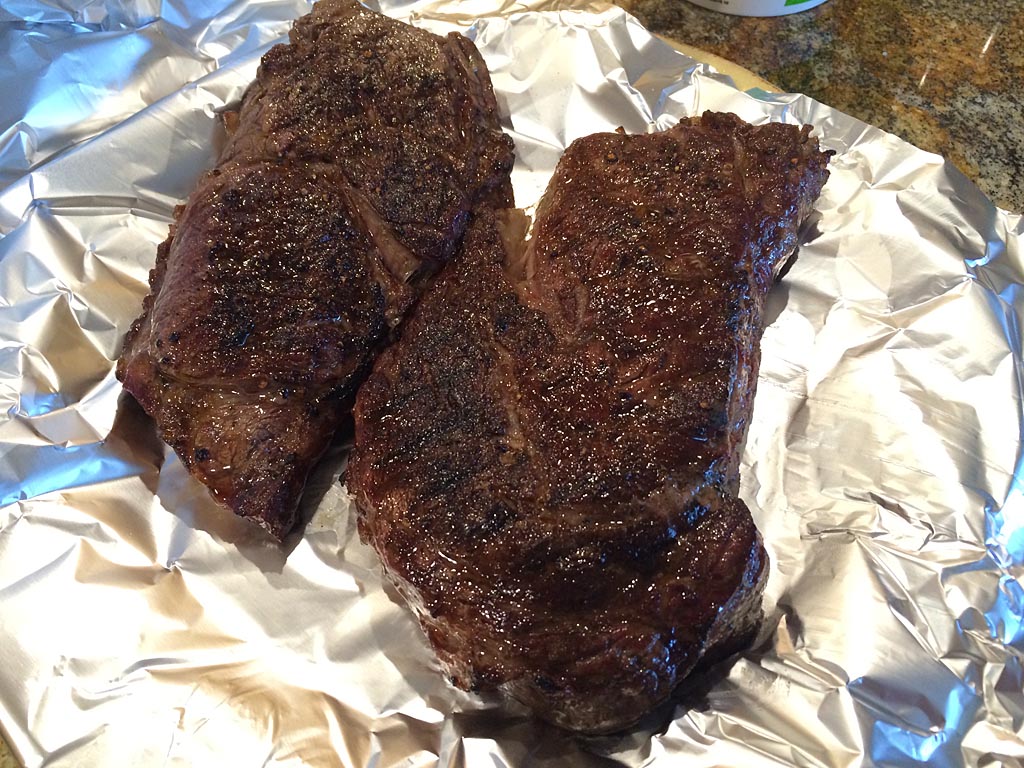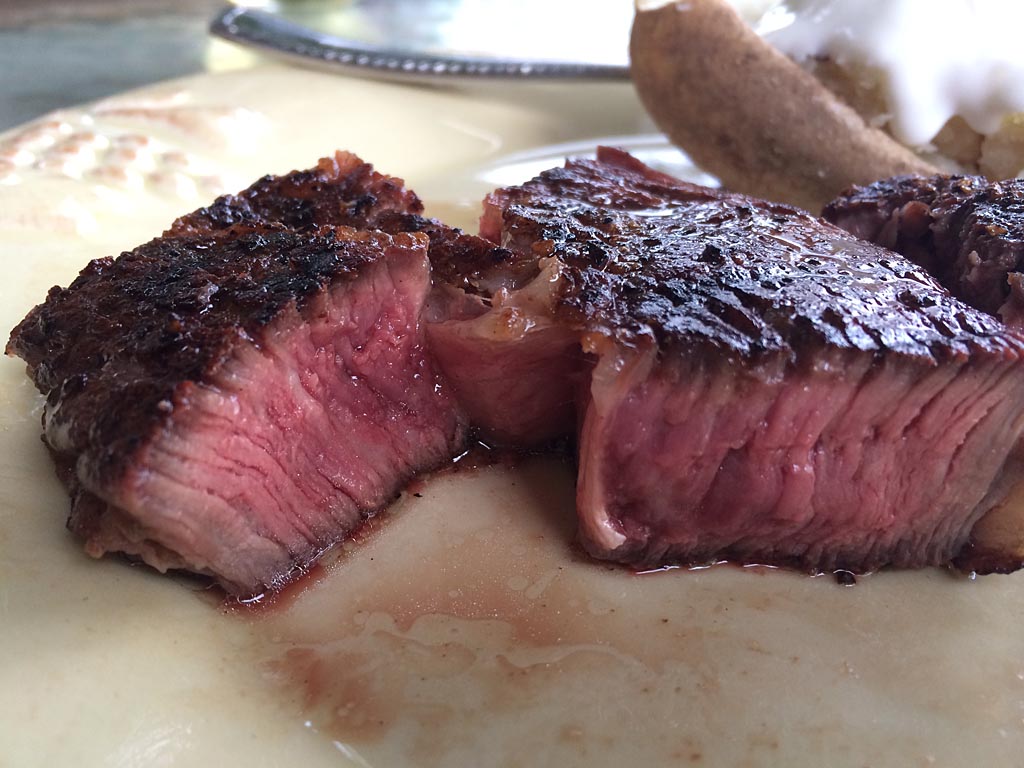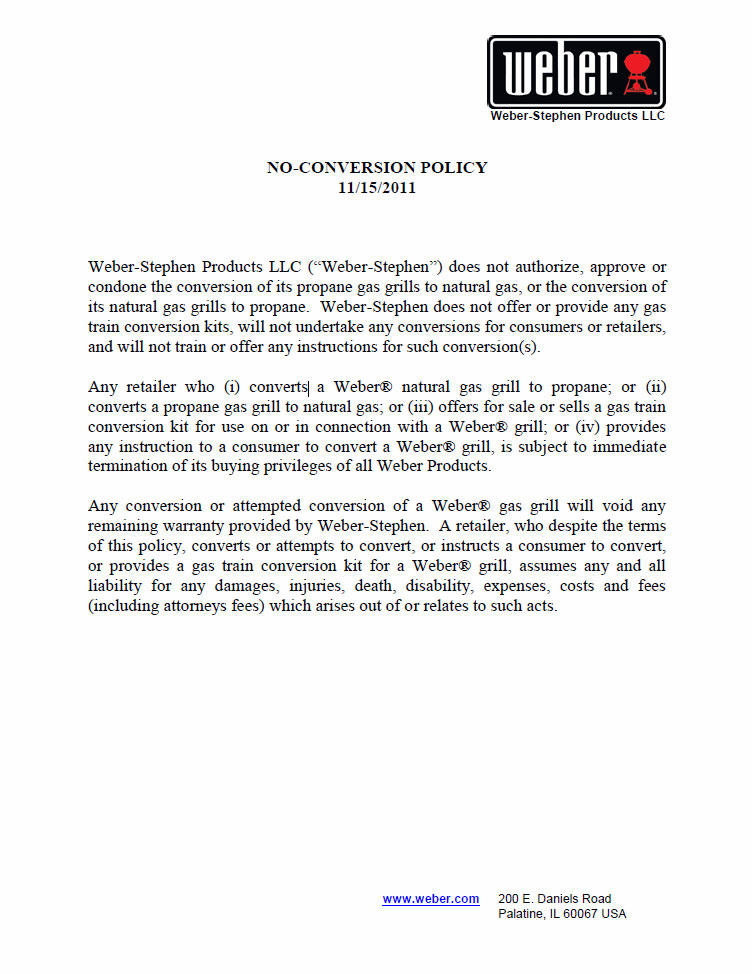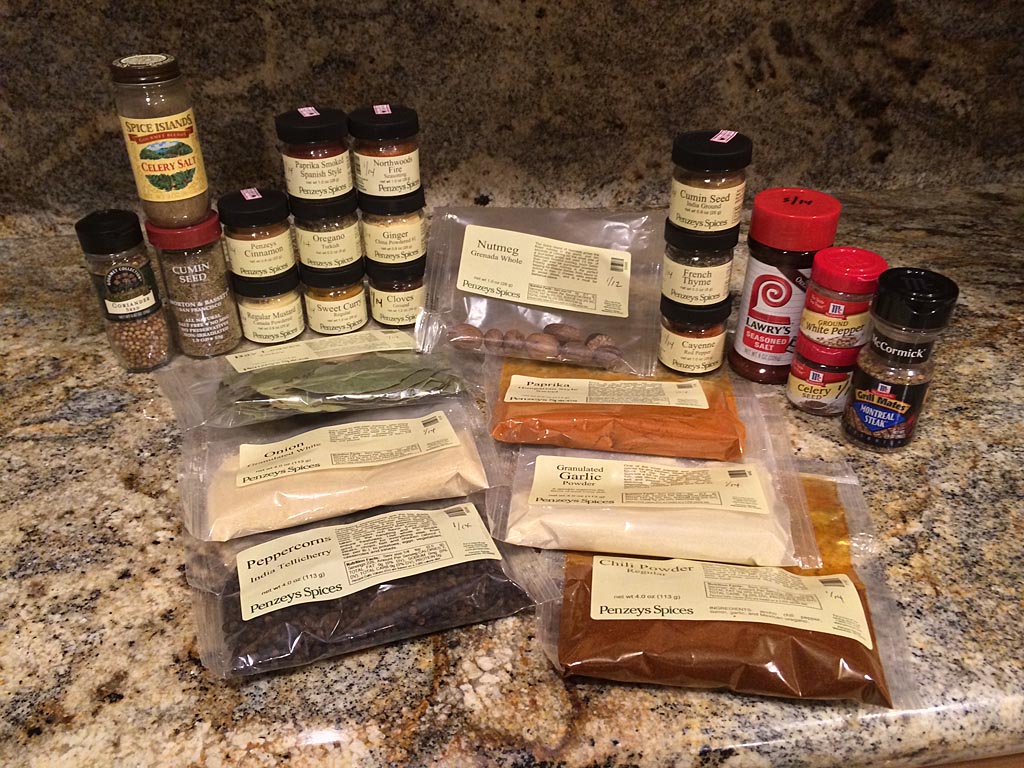
Proper Storage of Herbs & Spices
Herbs and spices should be stored properly to protect their flavor. Heat, light, moisture and air are the enemies of dried herbs and fresh spices. They should be held in airtight containers in a dark, cool cupboard or drawer. Glass containers with tight fitting screw-on lids seem to work best, since many plastic bags are not truly airtight. Herbs and spices should not be stored near heat sources like the stove, oven, dishwasher, refrigerator, microwave, sink, a heater vent, or in direct sunlight.
What about storing herbs and spices in the refrigerator or freezer? Penzeys Spices says that whole, crushed and ground chili peppers, including paprika, will stay fresh and colorful longer in the refrigerator, especially during the summer. With the exception of vanilla beans and extract, the flavor of spices is not harmed by cold storage. The only problem they cite is that cold jars form condensation when opened in a humid kitchen, causing the spices inside to get wet. Their solution: keep small quantities of spices in your cupboard and the backup supply in the refrigerator or freezer.
When Should You Replace Herbs & Spices?
According to Penzeys, there are no set rules on how long herbs and spices stay fresh. In fact, Penzeys says that they don’t really go bad, they just begin to fade away! When in doubt about a spice, give it a smell…if it smells strong and spicy, use it. Otherwise, throw it away.
U.S. Government guidelines for freshness dating are 4 years for whole spices and 2 years for ground spices. Many cooking authorities say that 6 months is the maximum for spice freshness.
Penzeys points out that since most spices are harvested only once a year, it doesn’t make sense to throw away all your spices after just 6 months. However, they feel that 2 years is too long to hold spices. Their suggestion: buy no more than a 1 year supply of herbs and ground spices, and a 1-2 year supply of whole spices.
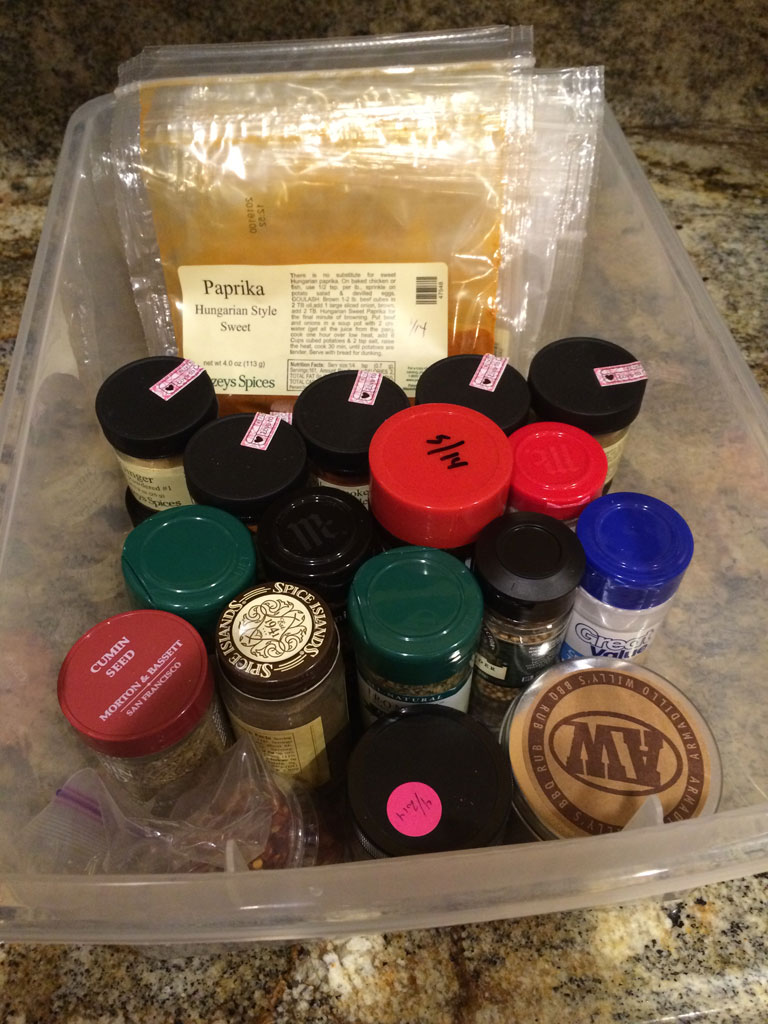
I’ve gotten into the habit of cleaning out my herb & spice box just after New Year’s every other year. I make a trip to my nearest Penzeys Spices store and buy everything fresh and I’m good to go for two years. I write the purchase date on each jar or package so I remember when I bought it.

